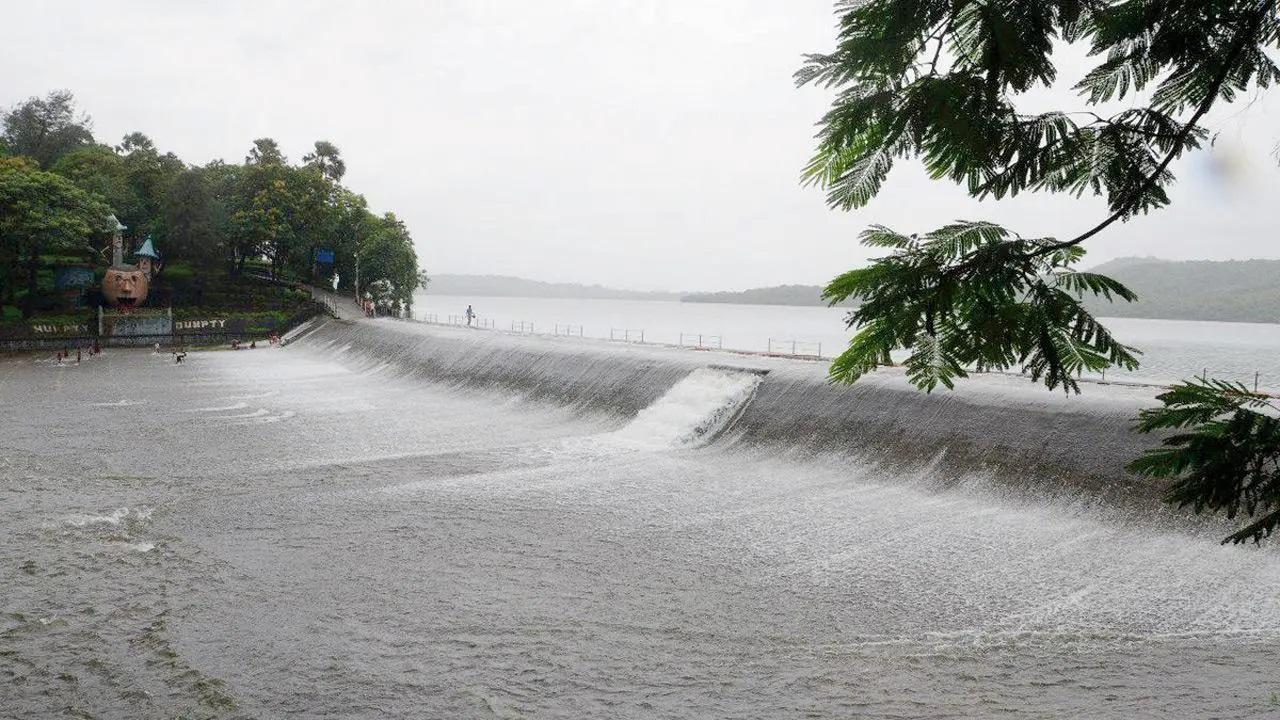Mumbai draws water from Tulsi, Tansa, Vihar, Bhatsa, Modak Sagar, Upper Vaitarna, and Middle Vaitarna

Representational Image
In Mumbai, the collective water stock in the seven reservoirs that supply drinking water to the city is now 6.49 per cent, as per the BMC data.
ADVERTISEMENT
The water level in the reservoirs that provide water to Mumbai has been dripping as compared to the previous year.
According to the Brihanmumbai Municipal Corporation (BMC) data, on Sunday, the collective water stock in the seven reservoirs that supply drinking water to Mumbai is now at 93,972 million litre of water or 6.49 per cent.
Mumbai draws water from Tulsi, Tansa, Vihar, Bhatsa, Modak Sagar, Upper Vaitarna, and Middle Vaitarna.
As per the data shared by the civic body, the water level in Tansa is at 16.71 per cent. At Modak-Sagar, 26.15 per cent of water stock is available.
In Middle Vaitarna 9.43 per cent, Bhatsa 1.35 per cent, Vehar 21.48 per cent and Tulsi 27.03 per cent of useful water level.
Meanwhile, the India Meteorological Department (IMD) on Sunday said that the southwest monsoon has advanced over Mumbai and Delhi.
The IMD issued an Orange alert for Raigad and Ratnagiri as heavy rainfall lashed parts of Maharashtra.
The weather department issued a 'yellow alert' for Palghar, Mumbai, Thane, and Sindhudurg.
"Moderate to heavy rain in Mumbai and its suburbs, with possibility of very heavy rainfall at isolated places today," said IMD.
According to the Regional Meteorological Centre, Mumbai city received 104 mm of rain and eastern suburbs and western suburbs received 123 mm and 139 mm of rain respectively in the last 24 hours.
The monsoon, which had a slow start, has now made swift progress, covering numerous regions, including some parts of Maharashtra, entire Karnataka, Kerala, Tamil Nadu, Chhattisgarh, Odisha, northeast India, West Bengal, Jharkhand, Bihar, east Uttar Pradesh, Uttarakhand, most parts of Himachal Pradesh, and some parts of Haryana, according to an IMD official.
Normally, the rain-bearing system reaches Kerala by June 1, Mumbai by June 11, and the national capital by June 27.
Although the monsoon has covered a significant portion of north India, including Ladakh, Himachal Pradesh, Uttarakhand, and a large part of Jammu and Kashmir, on schedule or slightly ahead, it is currently running 10-12 days behind schedule for a considerable part of central India, where a significant number of farmers heavily rely on it.
(With inputs from PTI)
 Subscribe today by clicking the link and stay updated with the latest news!" Click here!
Subscribe today by clicking the link and stay updated with the latest news!" Click here!



